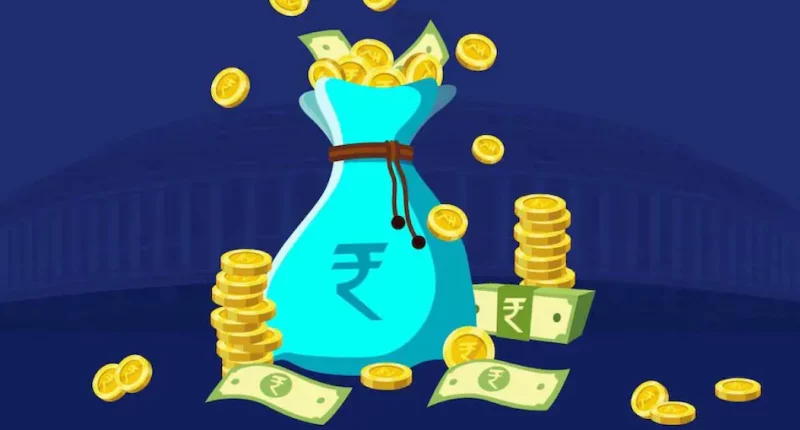US inflation has hit a 40-year high on the back of volatile food and energy components. It means the US Federal Reserve has to go for a series of interest rate hikes to bring rampaging inflation in the US under control. As US stock markets sink lower the Sensex has crashed by over 1,400 points today. The Nifty 50 has fallen below 15,800 tracking global cues. The shares of India’s largest life insurer LIC have fallen to new lows as the anchor lock-in period ends. Moreover, the crash in LIC shares has the government concerned. Which equity shares should you pick in the current market scenario?
Why are Indian stock markets volatile?
Retail inflation hit an eight-year high of 7.79% in April 2022. The RBI hiked the repo rate on June 08, 2022, by 50 bps to 4.9% after the 40 bps hike last month. It is to control surging inflation even as domestic petrol, diesel, and LPG prices continue to rise.
Interest rate hikes impact cyclical sectors such as automobiles, banks, infrastructure etc. which pushes the stock market lower. As the stock market continues to remain volatile investors are confused about which equity funds to invest in.
Which Equity Fund Should You Choose in the Current Market Scenario?
Investors may look at large-cap funds, multi-cap or even Flexi-cap funds depending on their risk tolerance. For instance, first-timers in the equity market prefer large-cap funds as they focus mainly on well-established companies with large market capitalisation.
The core and satellite approach works well when stock markets are volatile. The core portfolio consists of 75%-80% of your equity portfolio and you may pick large-cap funds, index funds, dividend yield funds etc to build your core portfolio. It offers a cushion to your equity portfolio when stock markets crash.
However, you can select mid-cap funds, small-cap funds, sector funds, multi-cap funds or Flexi-cap funds as part of your satellite portfolio. It forms 20%-25% of your equity portfolio and enhances your overall portfolio returns over time.
Conservative investors may focus on hybrid funds. It is a type of mutual fund scheme that invests in more than one asset class such as equity and debt assets. However, you may consider a small allocation towards mid-cap, Flexi-cap or even multi-cap funds if you can bear a slightly higher risk with your investments for higher returns.
As interest rates are expected to go up in the future you may look at liquid funds, ultra short and short duration funds. These funds generally do well in a rising interest rate scenario. Liquid funds invest in short-term securities such as treasury bills, commercial paper, certificates of deposit etc. Ultra short duration funds pick debt securities such that Portfolio Macaulay Duration is between three to six months.
Investors may look at target maturity funds which are debt funds that invest in government securities, state development loans and bonds of public sector companies. In simple terms, these are open-ended index funds that invest passively in bonds of an underlying index with defined fixed maturity. The bonds are held until the maturity of the scheme.
You must choose equity funds to attain long-term financial goals depending on your risk profile. Moreover, you could allocate 5% of your equity portfolio towards International Funds that invest in stocks of companies listed outside India. You may allocate 5%-10% of your equity portfolio towards gold holdings. It helps to invest in Gold ETFs (Exchange Traded Funds) and gold funds instead of physical gold. In a nutshell, you must pick suitable equity funds based on your risk tolerance and stay with the investment for the long run.
For any clarifications/feedback on the topic, please contact the writer at cleyon.dsouza@clear.in

I write to make complicated financial topics, simple. Writing is my passion and I believe if you find the right words, it’s simple.





